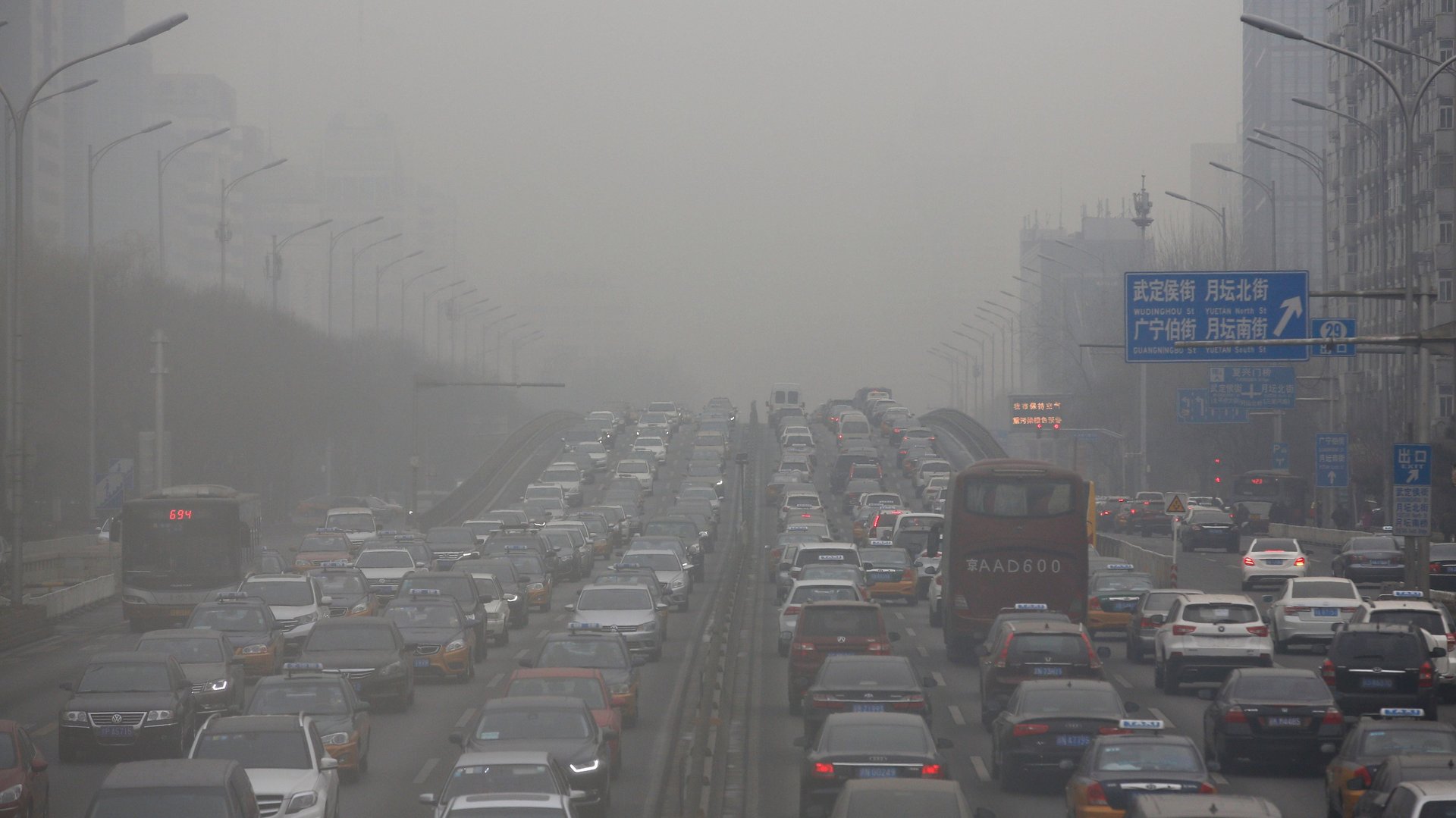The smallest unit of air pollution is a big problem for human health
You may have never heard of PM2.5. But if you plan to continue breathing, it should at the top of your vocab list.


You may have never heard of PM2.5. But if you plan to continue breathing, it should at the top of your vocab list.
PM2.5 is the technical term for fine particulate matter measuring 2.5 micrometers or less in diameter. It’s the smallest unit of air pollution, the kind spewed out of wildfires, car exhaust, and power plants that burn fossil fuels. It’s small enough to invade human airways and slip into the bloodstream.
Exposure to PM2.5 air pollution has detrimental effects on the heart and lungs. It hits babies and the elderly hardest, and exposure in the womb has long been associated with an array of adverse outcomes that include preterm birth and low birth weight.
There’s also mounting evidence that PM2.5 can penetrate our brains. In the US, scientists found that counties with higher levels of PM2.5 had higher rates of dementia—and that when PM2.5 levels fell, dementia prevalence decreased.
There are still many unanswered questions, including how long it takes for the particulate matter to damage our cells, or if it’s possible to recover by breathing cleaner air later on. But scientists estimate that, globally, PM2.5 exposure caused 4.2 million deaths in 2015. They can also calculate the health impact increases in particulate matter will have on a population. For example, we know that the Trump administration’s proposed rollback of Obama-era coal regulations could lead to up to 1,400 more premature deaths a yearin the US.
A recent World Health Organization (WHO) report postulated that bringing global PM2.5 exposure down to levels it says are protective of human health would eliminate the same number of deaths as globally eradicating breast and lung cancer in terms of life spans.
However, right now 95% of the global population is exposed to PM2.5 levels exceeding the WHO’s recommended levels—and that pollution has steadily increased in the past decade.
As the science on what these tiny particles can do to us matures, checking local air quality conditions—and transitioning to cleaner fuel sources—will hold more and more meaning for our health.
This was published in the weekend edition of the Quartz Daily Brief, a news summary tailored for morning delivery in Asia, Europe and Africa, or the Americas. Sign up for it here.